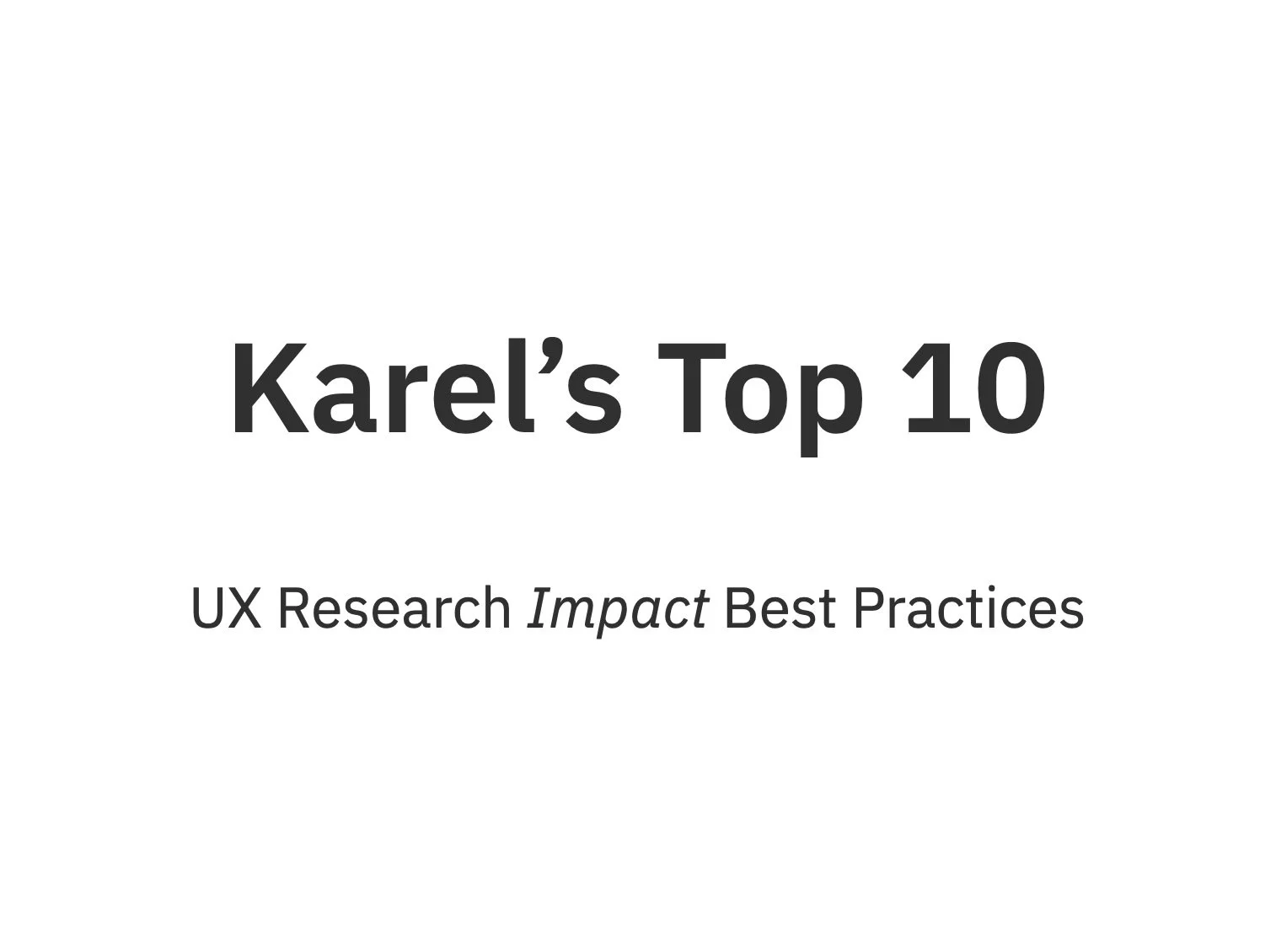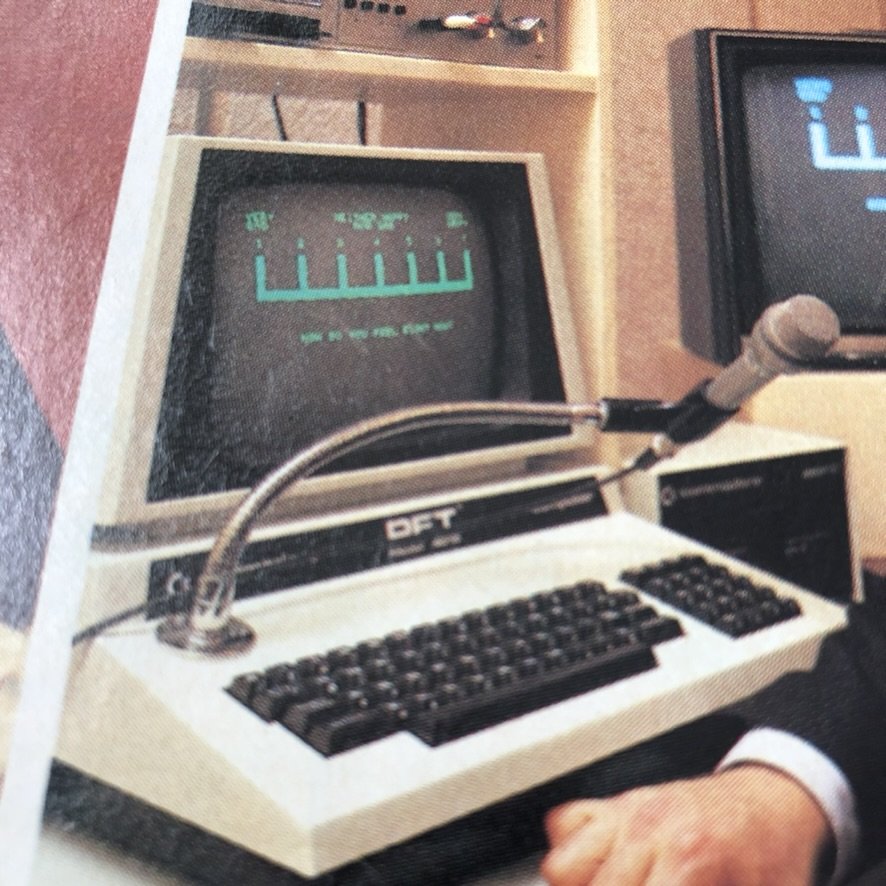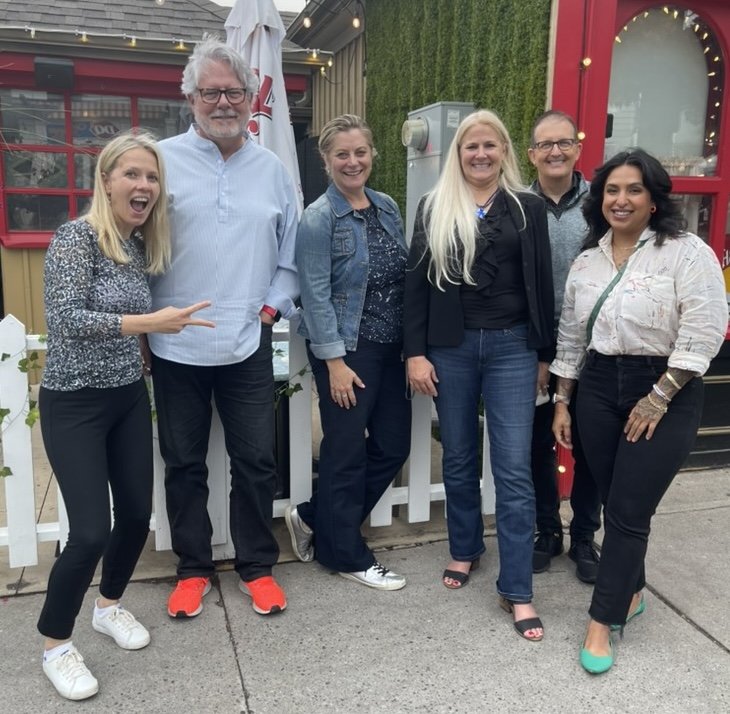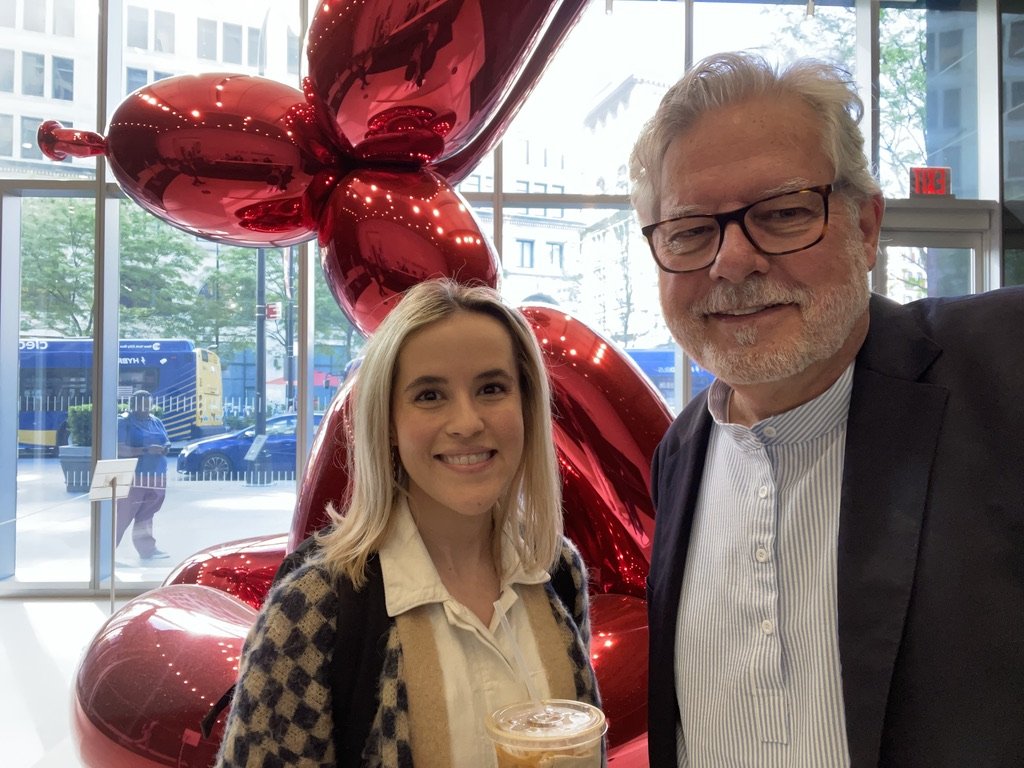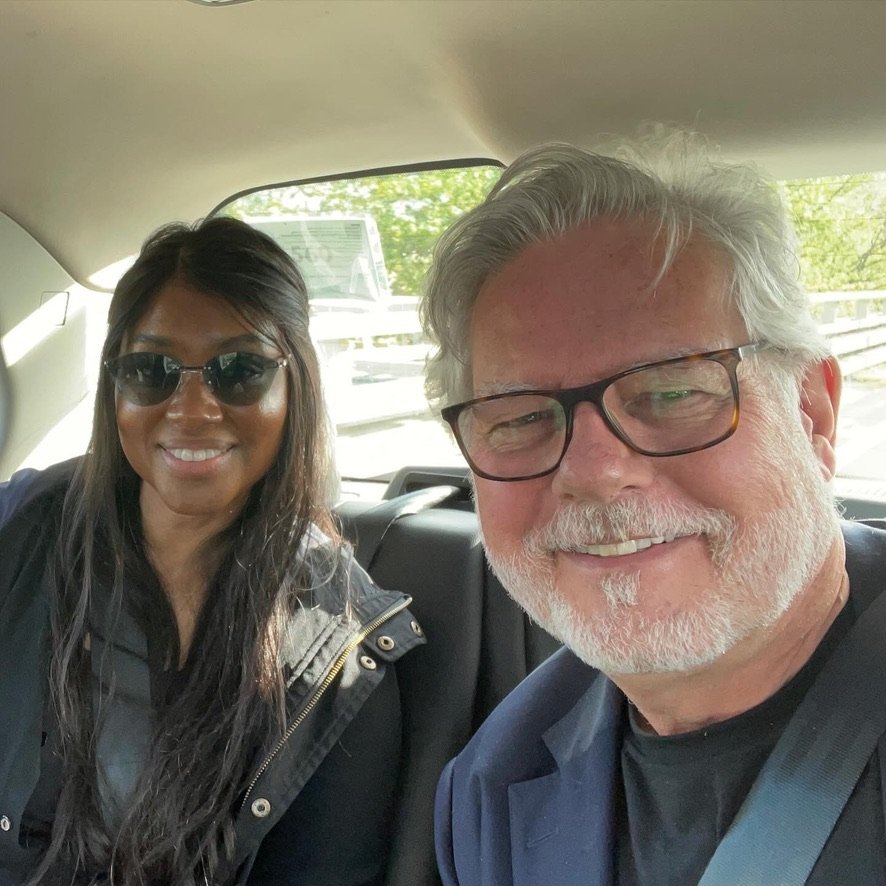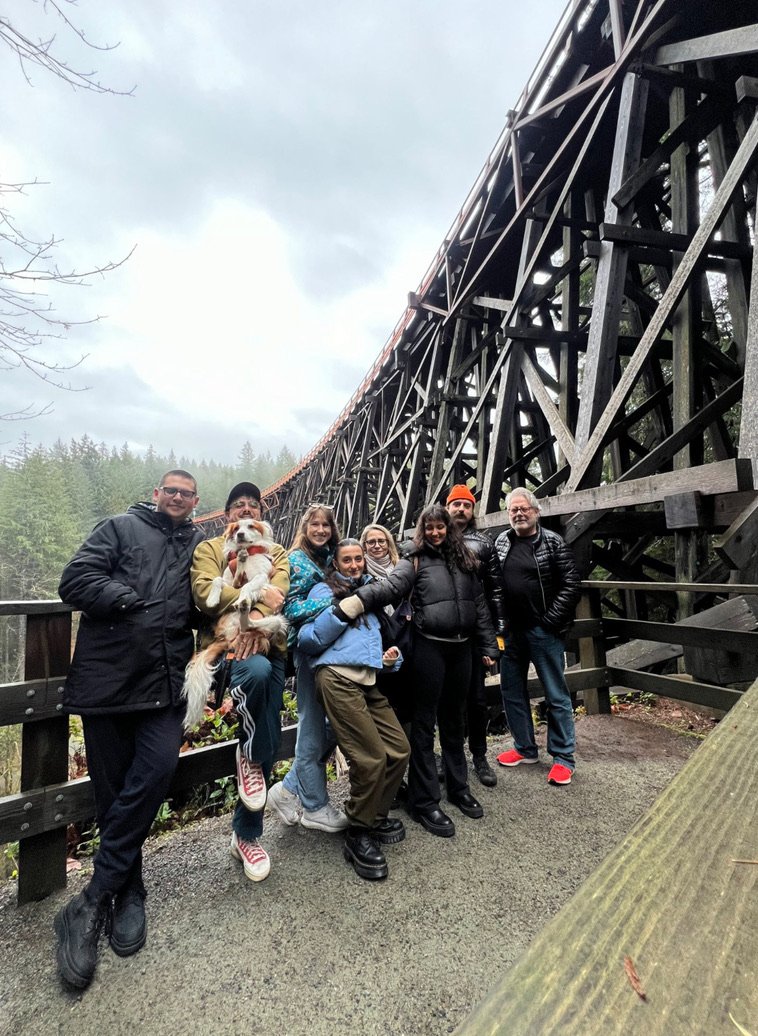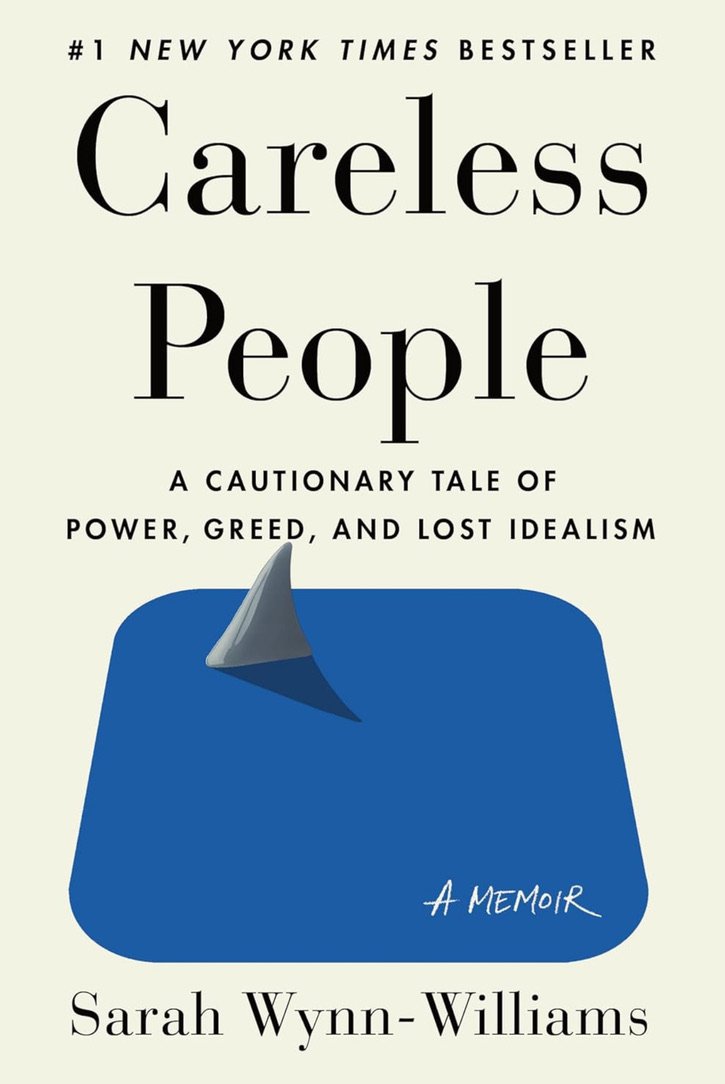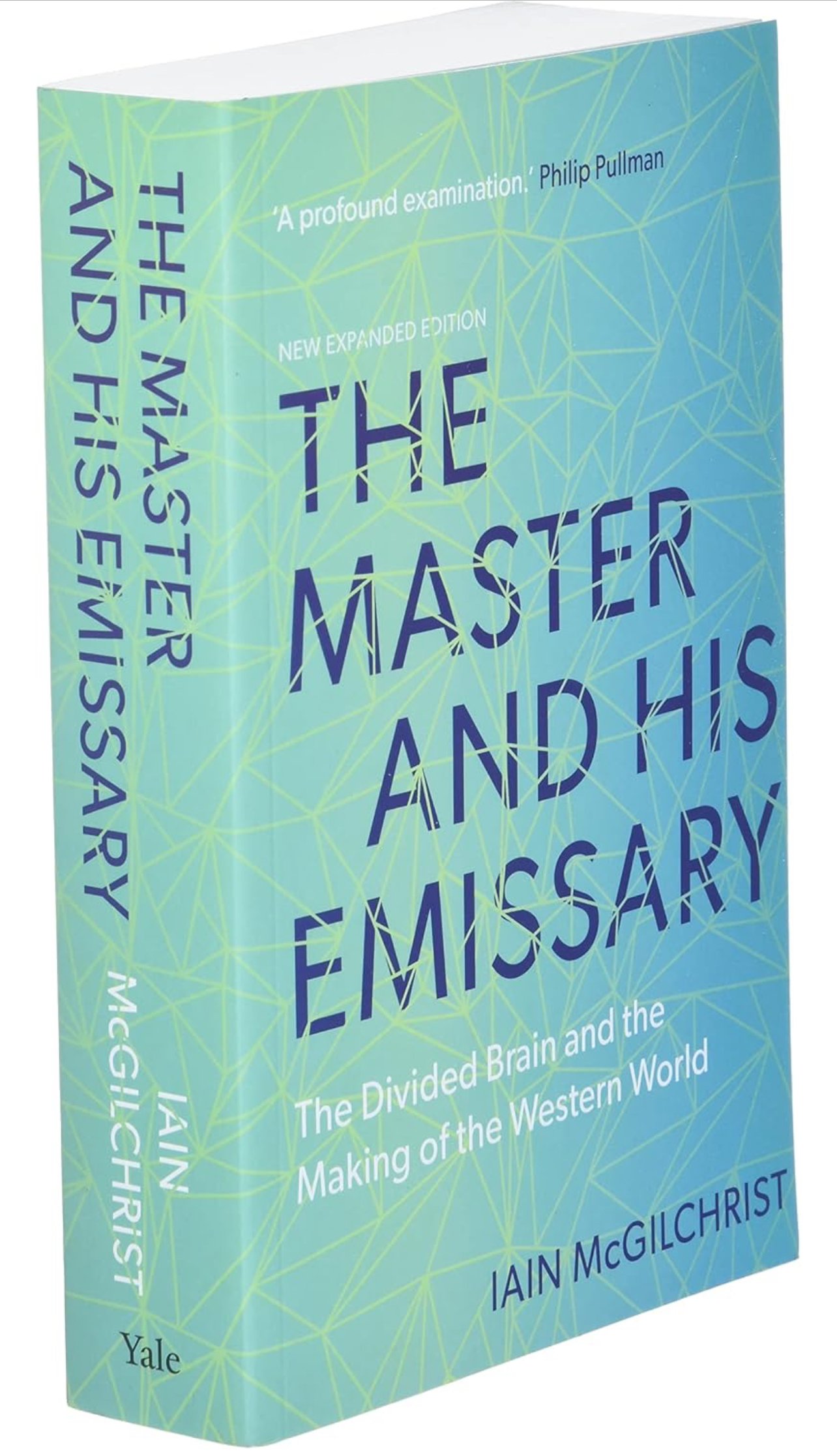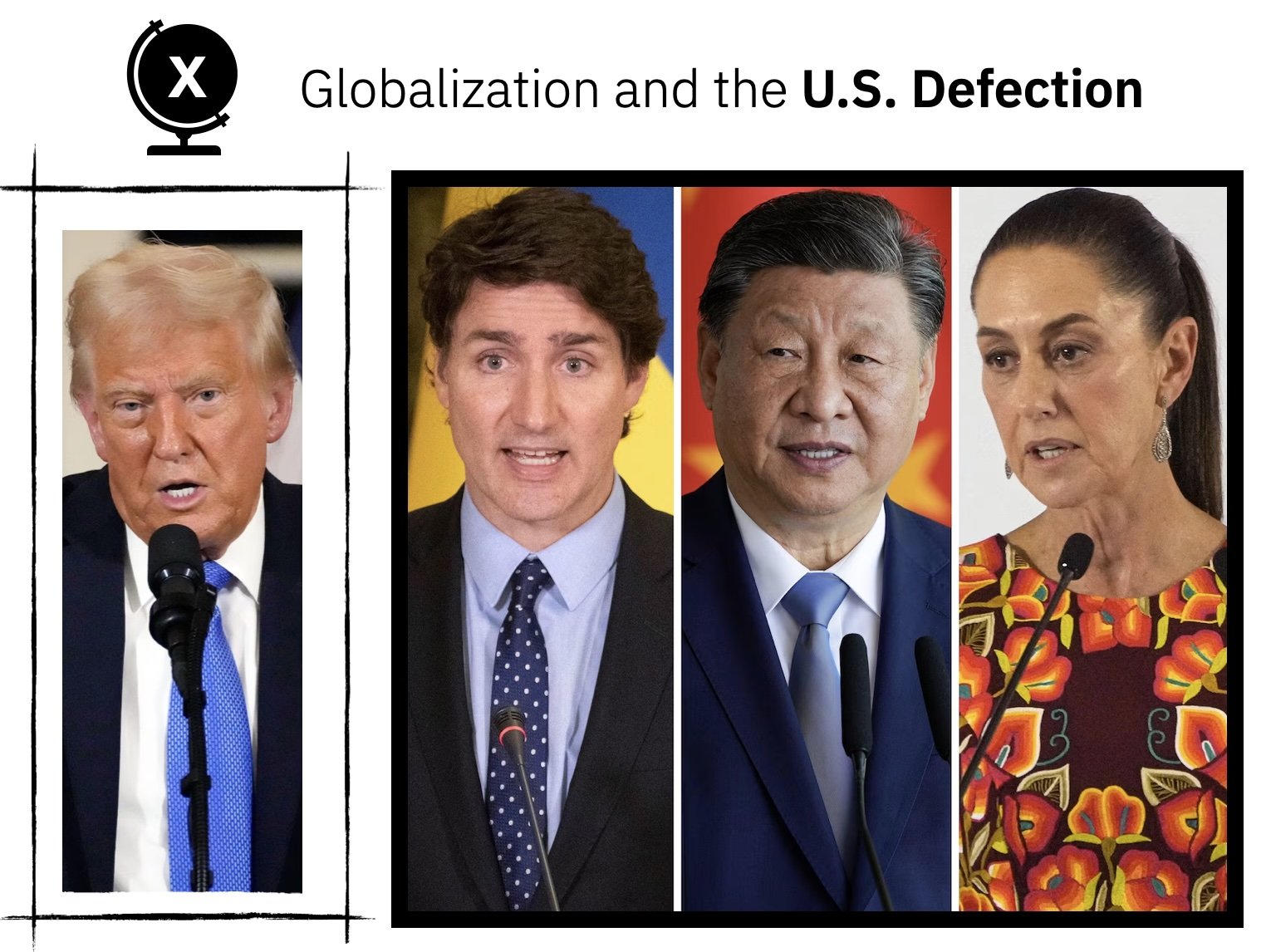Let’s consider what all of this means for the prognosis of our discipline.
If we do nothing, I believe the outlook is grim. We might see minor recoveries here and there, but they’ll be marginal at best. It would be the professional equivalent of palliative care—managing decline rather than reversing it.
But if we take the right medicine and commit to aggressive, intentional treatment, we have a real opportunity—not just to restore the health of our profession, but to make it stronger, more resilient, and more valued than ever before.
Prescription: For Healing and Growth
Use Research to Design Your Own Career
One thing I’ve consistently seen—both in my own experience and across the industry—is that designers and researchers rarely apply their own methods to themselves. We expect others to understand and appreciate our work, yet we don’t use the same practices we champion to guide our own careers. But we should. We need to start thinking of ourselves as the product.
Think about the people who own the “house” we work in: business leaders, engineers, product managers. Use your research skills—the very ones you’ve honed professionally—to understand them. What do they care about? How do they make decisions? What motivates them? How can we present our work in a way that aligns with their goals and integrates naturally into their workflows?
In my coaching sessions, I’m often surprised by how many designers and researchers craft their résumés entirely from their own point of view. Ironically, they fall into the very trap we so often critique engineers for: designing based on what they think the solution should be, not on who will use it. How often do we truly consider the reader of our résumé or portfolio? Does it really help to send a 50-page portfolio just because you’ve worked on that many projects? Or would it be more effective to distill those experiences—highlighting key themes, outcomes, and impact—so it’s easy and compelling for someone scanning it under time pressure?
The same applies to interviews. In mock sessions I’ve run with coaching clients, many focus solely on what they want to say—what they’re most proud of—without considering what the interviewer is really asking or what they need to hear. We need to shift our mindset. Every touchpoint of your career—your résumé, portfolio, interview, even how you advocate for design within your organization—should be grounded in user-centered thinking.
We preach this approach every day. It’s time we practice it on ourselves. Your career assets should be the best-designed work you’ve ever done—in service of the most important product you’ll ever ship: YOU.
Learn the Language of Business and Engineering
We also need to deepen our understanding of business and engineering. As we’ve discussed, we’re often guests in houses run by these two disciplines—and if we want to thrive there, we need to understand the hosts. A Chief Design Officer in the C-suite shouldn’t just be an advocate for design—they should also be fluent in business and engineering, contributing meaningfully to all strategic conversations.
Do you need an MBA or an engineering degree? Absolutely not. That kind of knowledge is now widely accessible—and you should take advantage of it. You should be able to read a balance sheet, grasp the basics of the core technologies your team is using, and understand what’s required to bring your design ideas to life in real-world systems.
Don’t silo yourself within design and research. Broaden your lens. A deeper understanding of business and engineering won’t just make you a better collaborator—it will make you a more effective, strategic designer who earns trust, drives impact, and helps bring design back into the center of the house.
Demonstrate Clear Business Impact
Focus on business impact. One of the last things I did at IBM was help develop metrics we could actually track across teams. I told researchers: your job isn’t done when the study ends—it’s done when your insights are implemented, integrated into a product, and making a difference.
This mindset is especially critical for senior researchers. It’s not enough to surface insights—you need to follow through. Ensure your findings are understood, championed, acted on, and ultimately tied to measurable outcomes. That’s how you demonstrate impact.
At the end of the day, companies care about return on investment. If you can’t show how your work contributes to business goals—whether that’s increased adoption, reduced defects, improved conversion, or faster time to market—you risk being seen as non-essential. And in times like these, that’s a dangerous place to be.
Increase the Speed of Your Work
Speed matters. One of the most common complaints I’ve heard from leadership is that they don’t understand why design or research takes so long. And in today’s fast-moving environment, that explanation just doesn’t fly anymore.
We need to adapt. Look for faster methods when appropriate. If a deeper study is essential, run it in parallel with quicker approaches that can inform near-term decisions. Draft into the speed of the organization. Meet your stakeholders where they are—not where you wish they were.
Before I took on my role as head of research, I heard about months-long studies whose findings were irrelevant by the time they were delivered. That cannot happen. If we want our work to have influence, we need to stay in sync with the pace and priorities of the business.
Work Out Regularly with Other Disciplines
Get close to engineering, product, and business. Learn their language. Build trust. Too often, design programs silo their students—separating them from the very disciplines they’ll need to collaborate with in the real world. That has to stop. We should be learning to work across disciplines before we enter the workplace, not after.
At IBM, we created over 100 design studios around the world—spaces primarily filled with designers and researchers. Business and engineering colleagues had to enter our space. That setup made sense at the time. We were rebooting the design program and needed to elevate the role of design across the company. But today, I think it’s time we reverse that flow. Designers and researchers should spend more time in their spaces—the product team’s space. That’s how we build meaningful relationships, shared vocabularies, and mutual respect.
The disconnect starts early. In academia, design schools teach design. Engineering schools teach engineering. Business schools teach business. Students graduate having spent little or no time learning how to collaborate across disciplines—and they enter the workforce ill-prepared to do so.
I’ve long advocated for cross-disciplinary education and have actively supported programs that foster it. Designers need to understand others—and just as importantly, others need to understand us. That kind of mutual understanding is what creates strong, high-performing teams—and it’s how we bring design back to the center of decision-making.
Implant a Prosthesis—GenAI
This brings us to the next step in our medical metaphor: implanting a prosthesis. Think of an exoskeleton—it enhances your strength, but it doesn’t replace you. Generative AI is like that. The question isn’t “Will AI replace your job?” It’s how you choose to use it. In fact, those who fail to embrace AI wisely may be at greater risk than those who do.
We should be using AI to augment our work—not replace it. And we should also be designing AI thoughtfully into the products and services we help create. That’s not how it’s often done today. Too often, AI is bolted on as a gimmick—haphazardly, without clear purpose. That approach is not only ineffective, it’s often harmful.
At IBM, I worked with Carlos Rosemberg on frameworks for integrating AI into UX research workflows. If you’re assessing whether AI fits in a particular context, start by looking at the tasks involved. For example, synthesizing interview transcripts can take up to 30% of a researcher’s time—and it’s often a task researchers dislike. That makes it a strong candidate for AI support. But every implementation must be assessed for suitability, ethics, and environmental impact.
We should be designing responsible workflows—ones that boost productivity without destroying the planet. When you design with AI, your stakeholder map should include both users and the Earth. Build scenario maps that clearly define what humans will do, what AI will do, and what the outcomes should be.
For example, when producing the Life Habits Podcast, we use AI to generate questions, edit audio, and draft show notes—but I still use my own voice to keep the human element intact. We could fully automate the show, but we choose not to. It wouldn’t feel right. And that’s the point: just because you can automate something doesn’t mean you should.
Every AI implementation should pass an ethical review. Is it necessary? Is it helpful? Is it sustainable? Responsible designers must ask these questions. Because the real opportunity isn’t in handing off our work to AI—it’s in amplifying our humanity through it.
Use Strategic Foresight
One emerging trend I’ve been watching closely is the rise of “design engineers”—engineers who are also capable of designing. Companies like Anthropic and Perplexity are already exploring and investing in this hybrid role. On the surface, it sounds efficient: fewer handoffs, faster execution. But it also raises a critical question for traditional design roles.
If companies believe engineers can “do design,” it could lead to fewer dedicated design positions. That’s why we need to stay ahead of this trend—not just to protect our roles, but to evolve them.
We need to master AI, improve our speed and quality, and—most importantly—demonstrate the unique value we bring when design is done well. Especially as AI becomes more deeply embedded in products, our role in designing AI thoughtfully, ethically, and inclusively is more vital than ever.
Consider a Pivot to an Adjacent Discipline
This may feel radical or even drastic, but it’s worth seriously considering: pivoting to an adjacent discipline.
The truth is, the core skills of designers and researchers—empathy, problem framing, systems thinking, insight synthesis—are in high demand in fields like product management. And unlike more traditional professions, you won’t find many universities offering degrees in product management. Most product leaders learn on the job or through accessible online resources—and so can you.
There are similar overlaps between UX research and data science, where curiosity, analytical rigor, and pattern recognition are equally essential. Whatever adjacent discipline you explore, make sure you’re also leaning into generative AI. It’s not just about staying relevant—it’s about expanding your influence.
Your career isn’t limited to the title you hold today. You have more transferable value than you may realize. Stay adaptable. Stay curious. Stay in the game.
Run Pre-Mortems Regularly
Another concept I love—and one that’s especially relevant in uncertain times—is the premortem. In startup culture, there’s often so much excitement around an idea that teams forget to consider what could go wrong. A premortem flips the perspective: you imagine the project has already failed, and then ask, why?
We should apply the same thinking to our careers.
Imagine it’s five years from now and your career plan has completely failed. What went wrong? What did you overlook? What did you avoid addressing? And—most importantly—what can you do today to mitigate those risks?
Just like in design, anticipating failure isn’t pessimism—it’s strategic foresight. A career premortem helps us confront blind spots, build resilience, and make intentional choices that set us up not just to survive, but to thrive.
Practice Patience
Finally, a word about patience. Yes, we must act—but we also need to be patient. I truly believe companies will come to realize they need us. I’m now often on the other side, using products as a customer—and frankly, many of them are poorly designed. The need for skilled designers and researchers hasn’t disappeared. If anything, it’s becoming more obvious. The pendulum will swing back.
But while you wait, don’t just wait. Don’t just send out job applications and hope. Use this time to grow. If you’re out of work, invest in yourself. If you’re in a role that doesn’t fulfill you, build your skills, expand your influence, and prepare for what’s next. Especially if you’re a leader, focus on growth—for yourself and your team.
Good things come to those who wait—but only if they do more than wait. So lean into this moment. Sharpen your abilities. Strengthen your voice. Show your value. Take action where you can.
Let’s give our discipline the kick it needs to rise again—wiser, stronger, and more essential than ever.
⸻
A Final Note
It may feel dire right now. But we are not powerless. Much of what we’re facing is beyond our control—but what is within our control is what matters most.
So let’s lean in. Let’s push forward. Let’s design a better future—for our discipline, for ourselves, and for the people we serve.
Let’s get to work.

